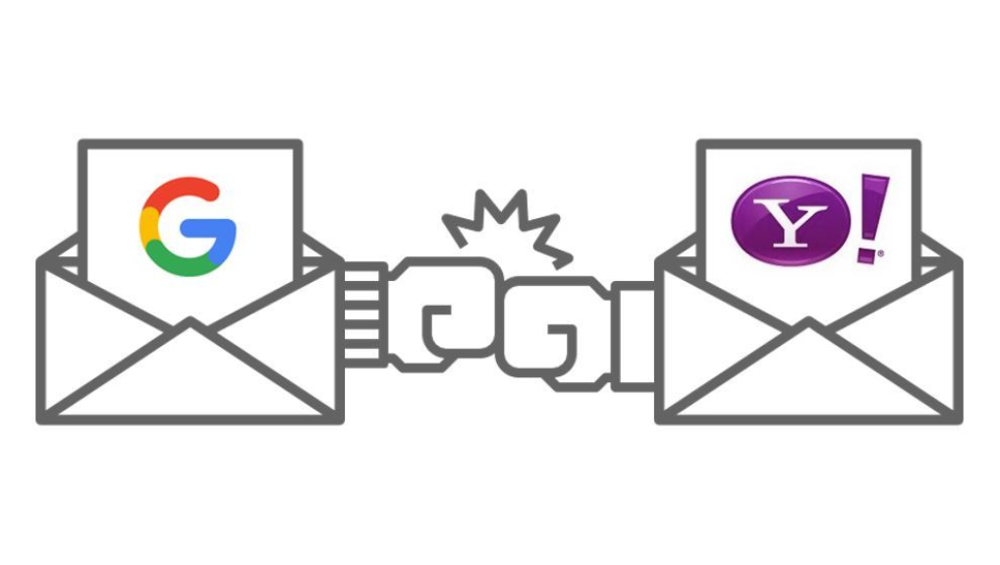Yahoo Gemini Sponsored Mail Vs Gmail Ads: Battling it out for hybrid display supremacy
08 Sep 2016

With Yahoo’s recent launch of Sponsored Mail Ads, we ran a quick test to see how this new entrant performs against its well-established rival.
Yahoo Sponsored Mail? Gmail Ads? What on earth are you talking about? Out of beta in early 2015, Gmail Ads (formerly Gmail Sponsored Promotions/GSPs) were launched as a brand new display format serving to billions of users worldwide. Consisting of a small text ad (aka a clickable ‘collapsed ad’), expanding to a larger image ad or template, this distinctive display format offered advertisers an innovative way to increase brand awareness and encourage direct response. Imitation being the highest form of flattery, it wouldn’t take long for Google’s competitors to catch on to the benefits of this unique approach. With new kids on the block, Yahoo Sponsored Mail, chomping at Google’s heels, we tested how both platforms compare in terms of performance.
Example: Post Office Gmail Ad Campaign:
Test overview
Although not a like for like test, we focused on interest targeting categories around industry specific themes available on both platforms. Additionally, domain targeting was set up, enabling us to reach users who received emails from well-known competitors. Although CRM based audiences are available to utilise on Gmail and Yahoo, these were excluded from the test. Remarketing audiences, unique to Yahoo Sponsored Mail, were also left out to make the test as fair as possible. For confidentiality we’ll be anonymising details about the client, industry vertical and actuals.
Here’s what we found…
Collapsed Ad Engagement
On the surface, Click-Through Rate (CTR) for Yahoo Sponsored Mail appears to be pretty underwhelming. A tiny fraction of that generated by Gmail Ads (98% lower in fact). So what’s responsible for this drastically different level of engagement? The answer lies in where collapsed ads are served via each platform.
Gmail ‘collapsed’ ads are placed in the Gmail Promotions tab, which filters the email content that users subscribe to (newsletters, sales and offers etc.). When a user actively visits this section you could easily argue that they’re more open to interacting with marketing content, resulting in a considerably higher CTR for ads. For example, it’s not unusual to see Click-Through Rates expand as high as 20% for some industry verticals. In contrast, Yahoo ‘collapsed ads’ appear directly above a user’s inbox. This results in a high level of impression volume, but relatively few clicks to expand as visitors are more focused on reading their personal emails than engaging with ad messaging.
Collapsed Ads served in the Gmail promotions tab:
Collapsed Ads served in the Yahoo inbox:
Expanded Ad Engagement
Now, before you write off Yahoo Sponsored Mail at the first CTR hurdle, it’s important to take a closer look at what happens after the user clicks to expand the ad. From our tests, we observed that once Yahoo Mail users click to expand the ad, their CTR to website is almost 10x higher than Gmail users, resulting in almost 3x as many Yahoo users visiting the landing page compared to Gmail. So, although at first glance Gmail appears to be better at generating initial engagement, Yahoo users are more likely to continue their journey onward after the initial click. As a result off the effort required to engage with the ad in the first place, it appears that Yahoo users are overall more committed.
Website Engagement
So what happens when traffic from these sources arrive on site? Interestingly, our test showed that Gmail visitors were far more engaged with site content with a conversion rate 200% higher than Yahoo’s. However, due to the sheer numbers of visitors being generated by Yahoo, we actually saw conversion volumes on par with Gmail, despite the substantially lower conversion rate.
Cost Effectiveness
OK, so which platform gives you the most bang for your buck? It’s important to note here that for both platforms, the advertiser is charged for the initial click to expand the ad, and not any subsequent clicks to the website. On face value, Yahoo appears to be considerably more expensive, almost double the average CPC we see for Gmail. However, if we calculate the average CPC to site (those who clicked to expand and then clicked again to visit the landing page), we see a very different story. Yahoo was actually 83% cheaper in terms of Cost Per Click to site compared to Gmail. Furthermore, when we compare Cost Per Conversion, again Yahoo is the clear winner with a CPA nearly half that of its rival.
Which is better?
It really depends on your marketing objective. For Yahoo we see higher traffic volumes to site at a considerably lower cost per visit and overall a much lower cost per conversion. So for cost effective direct response, Yahoo appears to tick the right boxes. But if you’re looking for a cheaper brand awareness platform, Gmail offers a much better opportunity for advertisers, with initial ad engagement considerably higher than Yahoo’s, plus better quality site traffic based on conversion rate (although just to caveat that, Gmail traffic volumes were much lower and CPAs considerably higher).
As with all digital marketing activity, testing is crucial. What works for an advertiser in one vertical and territory may not translate in terms of success for another. Initially, we’d advise running campaign activity on both platforms to gauge performance and understand which works best for you. However, even from our short month long trial, it does look rather promising for Yahoo Sponsored Mail.
To read this blog written by Richard Lewis on the Periscopix website, please click here.

Please login to comment.
Comments